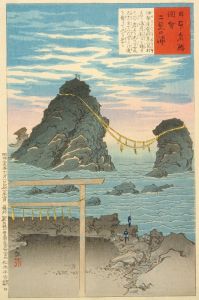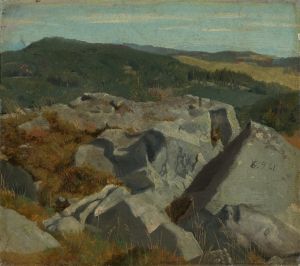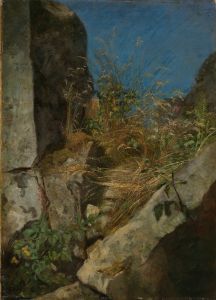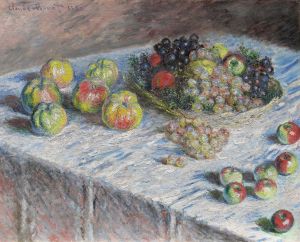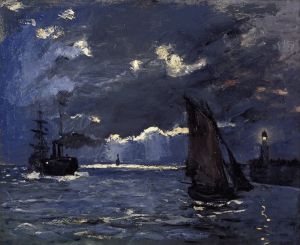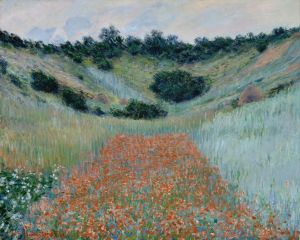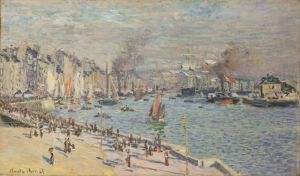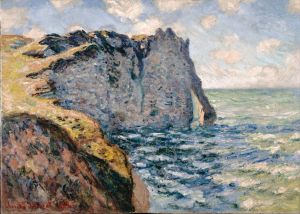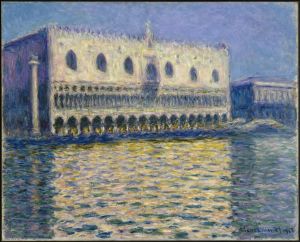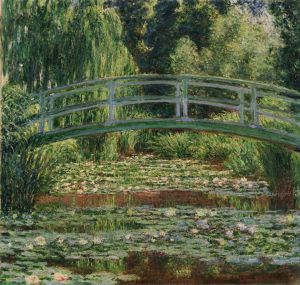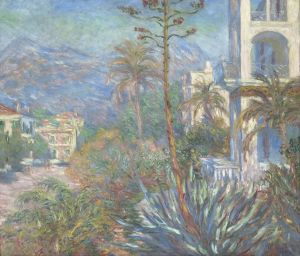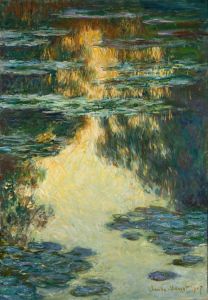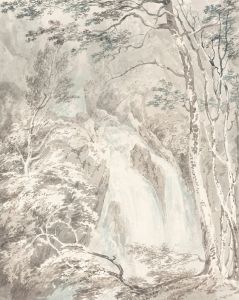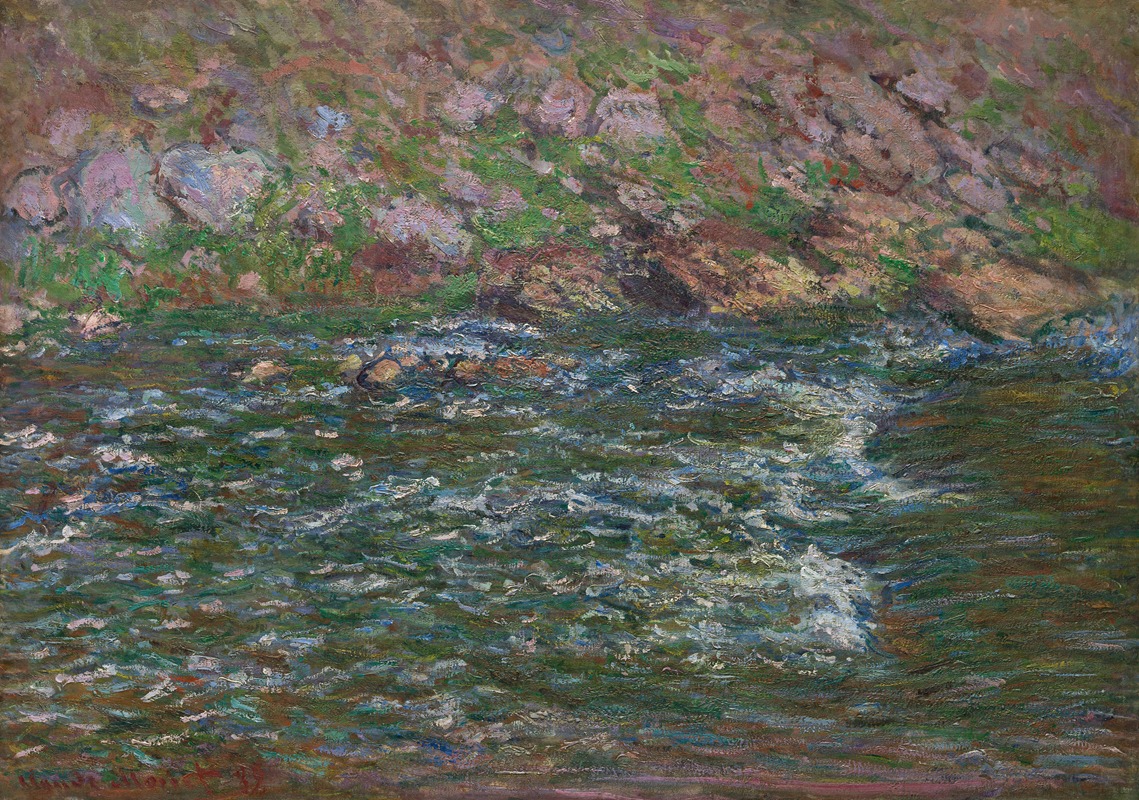
Rapids on the Petite Creuse at Fresselines
A hand-painted replica of Claude Monet’s masterpiece Rapids on the Petite Creuse at Fresselines, meticulously crafted by professional artists to capture the true essence of the original. Each piece is created with museum-quality canvas and rare mineral pigments, carefully painted by experienced artists with delicate brushstrokes and rich, layered colors to perfectly recreate the texture of the original artwork. Unlike machine-printed reproductions, this hand-painted version brings the painting to life, infused with the artist’s emotions and skill in every stroke. Whether for personal collection or home decoration, it instantly elevates the artistic atmosphere of any space.
"Rapids on the Petite Creuse at Fresselines" is a painting created by the French Impressionist artist Claude Monet in 1889. This work is part of a series of paintings Monet produced during his stay in the village of Fresselines, located in the Creuse region of central France. The painting captures the dynamic flow of water over rocks in the Petite Creuse River, a tributary of the Creuse River, and exemplifies Monet's fascination with the interplay of light, water, and natural landscapes.
Monet traveled to Fresselines in early 1889 at the invitation of the French painter Maurice Rollinat, who lived in the area. The region's rugged terrain and picturesque rivers provided Monet with a fresh source of inspiration. During his time there, Monet painted numerous views of the Petite Creuse and its surrounding landscapes, focusing on the changing effects of light and atmosphere. These works reflect his dedication to plein air painting, a hallmark of the Impressionist movement, which emphasized painting outdoors to capture the transient qualities of nature.
"Rapids on the Petite Creuse at Fresselines" is notable for its vibrant color palette and energetic brushwork, which convey the movement and texture of the rushing water. Monet's use of short, broken brushstrokes and his attention to the subtle variations in light and shadow demonstrate his mastery of Impressionist techniques. The painting also reflects Monet's interest in depicting the natural world as a dynamic and ever-changing environment.
The series of paintings Monet created in Fresselines, including "Rapids on the Petite Creuse," is considered an important part of his body of work. These paintings mark a transitional period in Monet's career, as he began to explore more complex compositions and atmospheric effects that would later culminate in his famous series of water lilies and other works created at his garden in Giverny.
Today, "Rapids on the Petite Creuse at Fresselines" is recognized as an example of Monet's ability to capture the essence of a specific place and moment in time. The painting is held in a private collection, and its exact location is not publicly known. However, it continues to be celebrated as a testament to Monet's skill and his enduring influence on the development of modern art.





